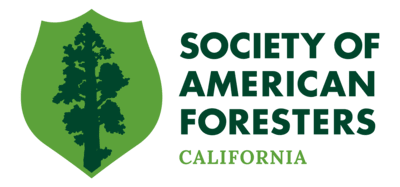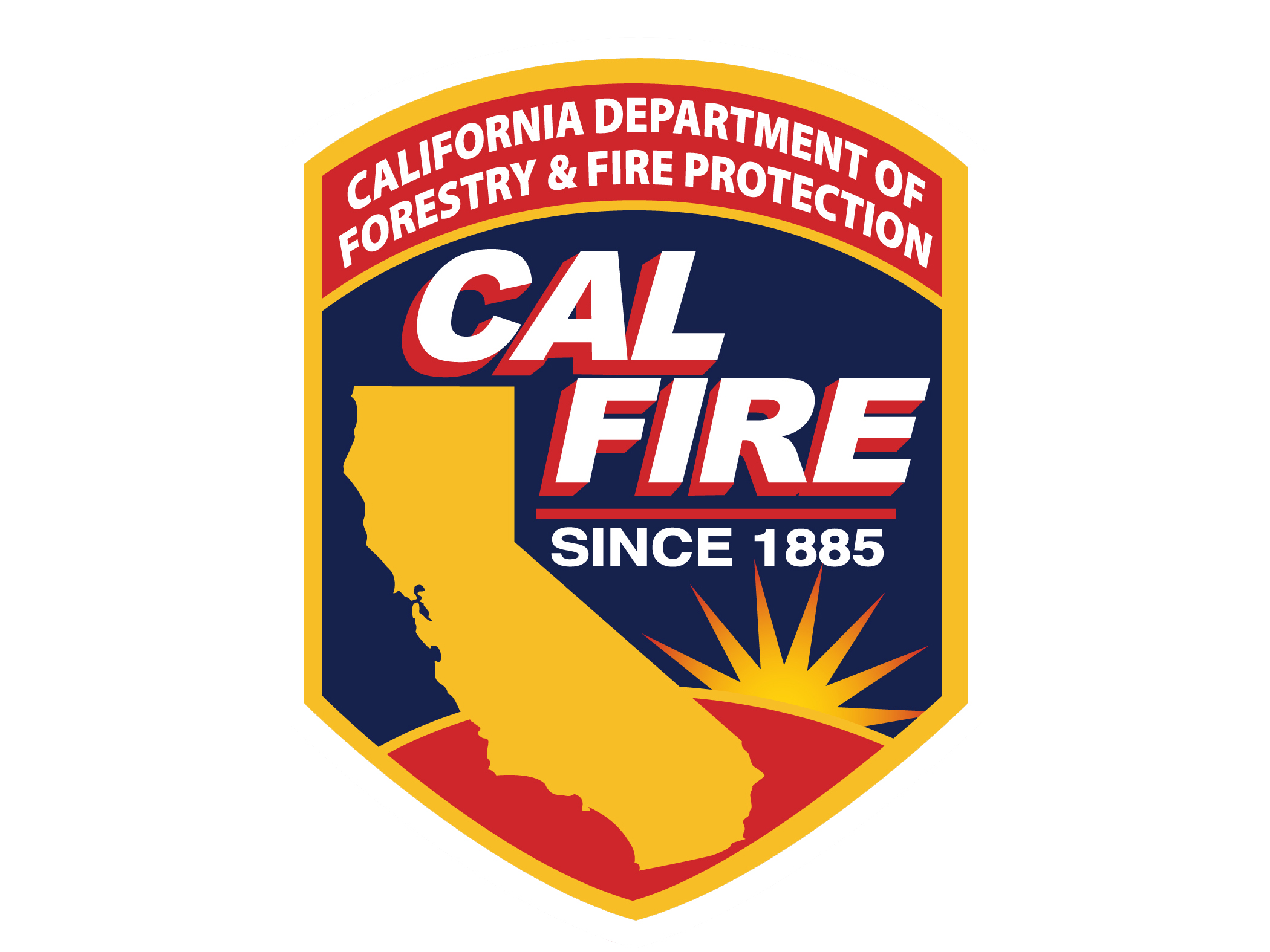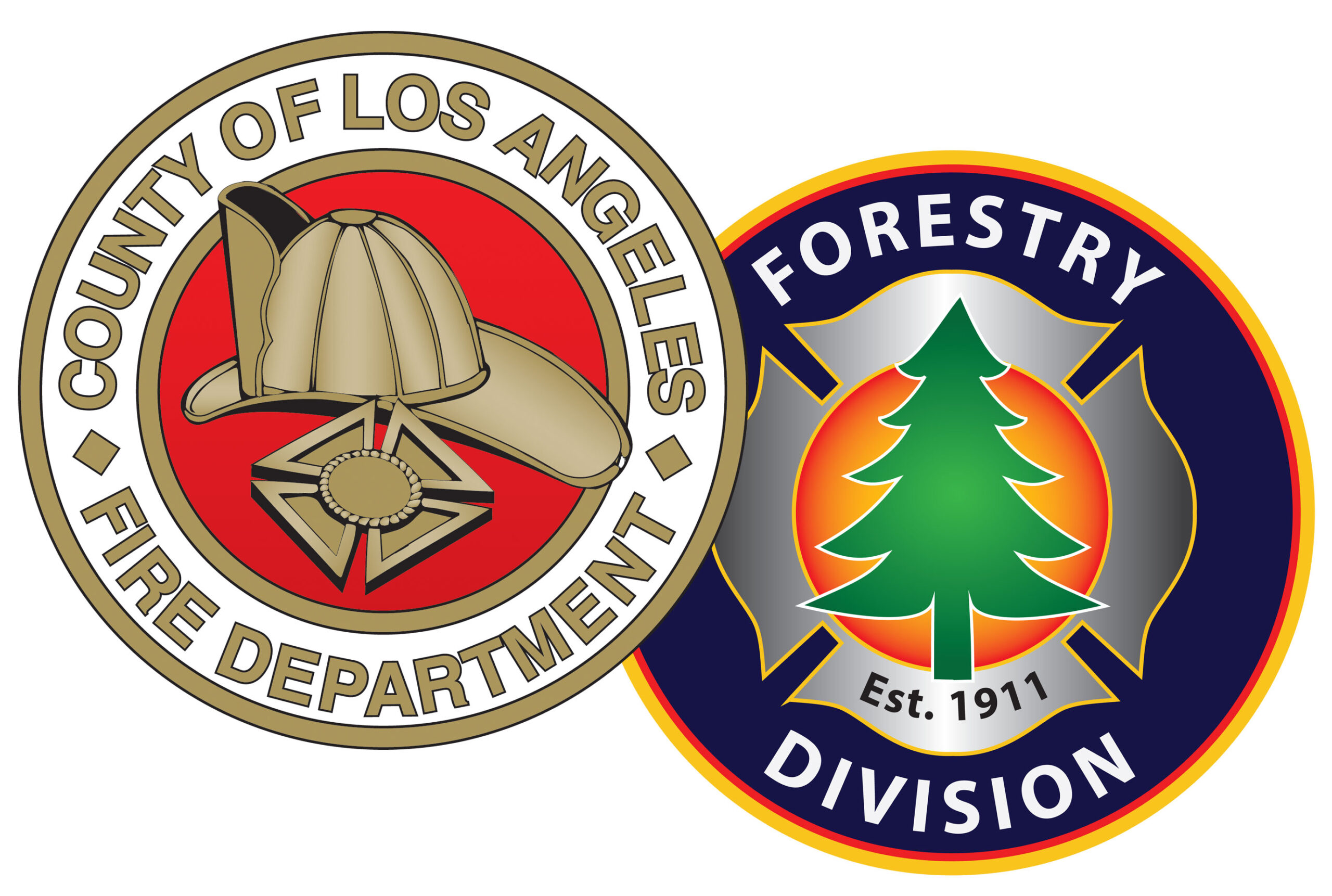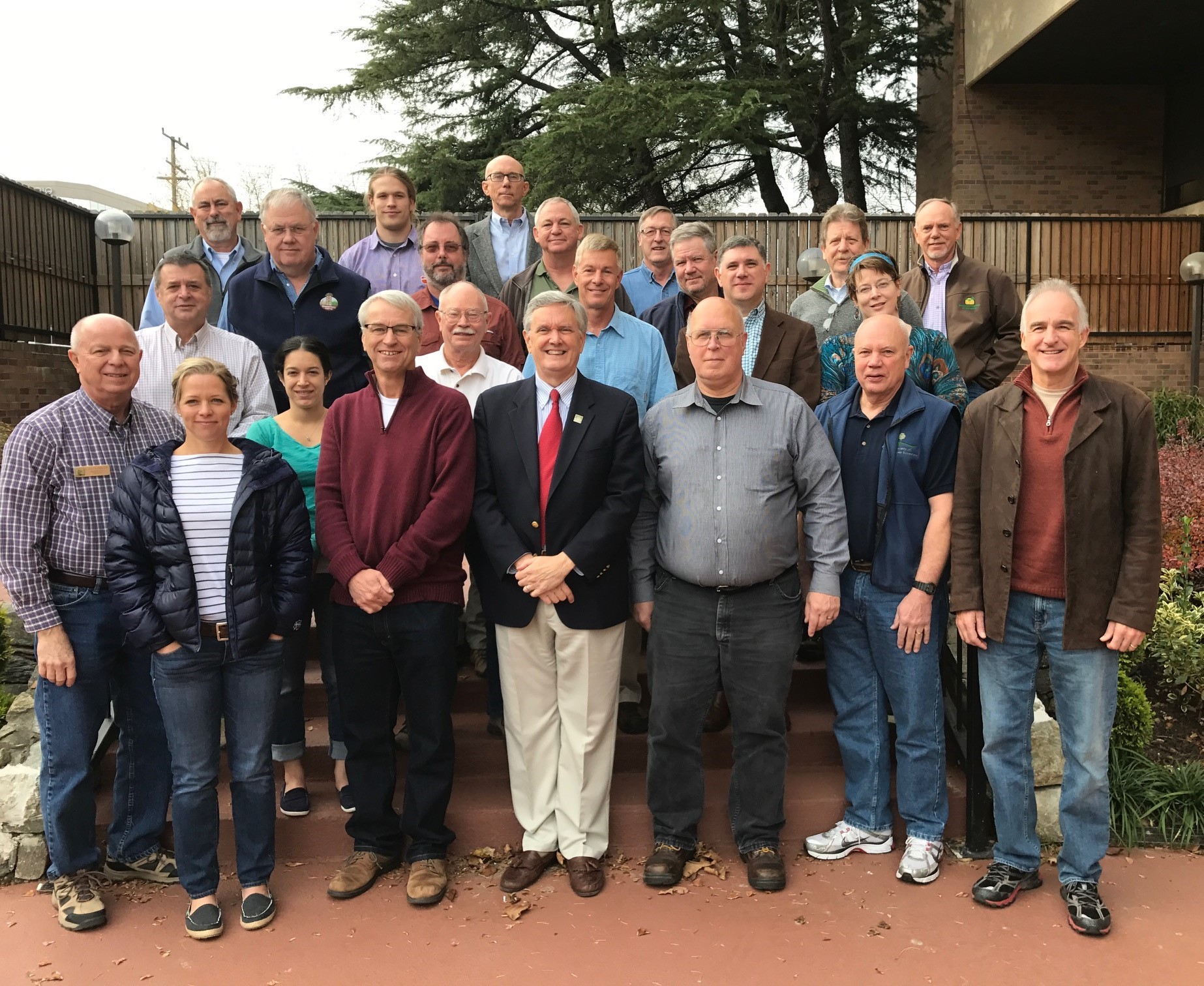California SAF Merger
The vote was held this fall to adopt new by-laws for a California Society of American Foresters, which merges Northern California and Southern California into a single state society, California SAF. The vote in favor of the new by-laws had 97.5% support. The merger committee will work to get the new by-laws filed. John Kessler was elected as the Vice Chair for 2017 for the California SAF. Joe Sherlock and J. Lopez will serve as co-chairs of California SAF for 2017 as the final details are worked out.
Hawaii SAF Coordinates with the Cal-Pac Society for Range Management
The California Pacific Section of the Society for Range Management held their fall meeting on October 26-28, 2016 in Volcano, Hawaii at the Kilauea Military Camp. The Board of Directors for Cal-Pac SRM agreed to accommodate Hawaii SAF members who might be interested in attending the meeting by offering a member registration fee to SAF members. The title of the meeting was: “Management of Invasive Species, Endangered Species and Fuel Loads on Hawaiian Range and Pasture Lands.” A number of Hawaii SAF members took advantage of this opportunity to coordinate with their range colleagues.
SAF National Convention
The 2016 SAF National Convention, held Nov. 2-6 in Madison, Wisconsin, was successful due to the partnership between the host Wisconsin SAF, elected leaders, and the SAF office. Attendance was 1,754, which exceeded goals and made the 2016 Convention the best attended convention since Portland, Oregon, in 2007. Partners and exhibitors were exceptionally pleased. One example was Chief Tidwell who for days after the convention extolled the success of the event.
National Membership
Kudos to the SAF staff, especially the Membership Team and SAF leadership at all levels of the organization for a successful year with regards to membership recruitment and retention. As of early December, SAF’s membership was 11,754 which exceeds 2015 year-end (11,736). This is largest number of members SAF has had at this point in five years. The benefits of the new iMIS membership database are crucial to this effort and provide real time data on membership numbers and engagement.
SAF Staff Updates
David Seabrook is SAF’s new Comptroller, and is taking over financial duties from Jorge Esguerra. Jorge will remain involved in SAF for some discrete tasks in 2017. State society leaders may contact David at seabrookd@safnet.org regarding financial needs issues.
Lori Rasor will be working half-time for SAF national and half-time for the SAF Northwest Office Committee in 2017. We’re very happy to have Lori taking on many of the leadership management duties that have been vacant since Patricia Adadevoh left SAF in late 2015. Lisa Swann left SAF in November to pursue other opportunities. All communications needs should go to Jeff Ghannam at ghannamj@safnet.org.
Diversity and Inclusion
The SAF board continues to advance discussions about a national diversity and inclusion policy. The board reviewed a revised draft policy based on comments from state societies earlier this year. Suggestions included the need for a Diversity and Inclusion Committee or working group, a need for metrics, and a communications plan that shares challenges and success. We are reaching out for some final input from relevant parties like the state society chairs and the 2016 diversity ambassadors before finalizing in early 2017.
Evolving Forestry Initiative
Dean Coble of Washington University presented the Board of Directors with the results of the baseline Evolving Forestry Initiative survey. The initiative is a long-term conversation SAF is having with members and partners about the future of SAF and the forestry profession. The survey is a “listening tool” that SAF conducted in December 2015 and is now fully analyzed by a team of SAF members. The data will be shared with members and partners as appropriate and will be used by the board and staff to analyze and improve programs and services.
Forest Policy Outlook
SAF’s policy efforts in 2017 will include a renewed focus on strengthening the relationship between the Committee on Forest Policy and the Forest Science and Technology Board. The committee’s plan also includes revising or putting forward position statements on licensure and credentialing, the FIA program, non-native invasive species, and utilization of forest biomass for energy. SAF is also preparing to work with the new Congress and presidential administration. The current focus is to share SAF’s issues and priorities with the administration’s transition team. SAF’s approach is to remain scientifically credible and be a vital source of information on forest management. State society policy committees and leaders are encouraged to consult with John Barnwell on Congressional and Presidential transition issues.
Position Statement on Tax Treatment of Forestland
A new position statement, “Federal and State Tax Treatment of Private Forestland,” was adopted. This was a five-year update and revision and in part states: “The Society of American Foresters (SAF) believes tax policies based on equity and certainty are required to encourage the nation’s private forest landowners to make sustained, long-term capital investments in forest management. Rather than distorting market forces, taxation of private forest landowners should be comparable if not equitable to other capital ventures, including agriculture, as this will encourage practices that retain forests that contribute monetary and societal benefits to the nation.”
SAF Office Building
The SAF board continues to consider the physical condition of the SAF office building and options for repair. Real estate and construction experts were consulted and provided pros and cons associated with various options for renovating the historic “Wild Acres” mansion. A member committee will be established to review all options being discussed. It’s important to note that no decisions have been made and that the board is conducting the required due diligence and ensure a comfortable, safe, and clean space is available for our staff while respecting the intentions of the Grosvenor Estate donors.
Revenue Development Committee Established
A new board advisory committee was approved and chartered to enhance fundraising and revenue generation. The committee will be comprised of SAF board members past and present, fundraising experts, and members who would like to explore and enhance non-dues revenue. The committee replaces a subcommittee of the finance committee.
Budget
After considerable discussion on the budget, the board asked the staff to develop a five-year budget plan designed to balance the operating budget in five years or less, using operating revenues and a percentage of investment growth and earnings. Until that budget is passed SAF will continue to operate the status quo from 2016 with the addition of up to one new position.
New Board Comes into Office on January 1, 2017
Clark Seely closed out a successful 2016 as SAF president and the 2017 president is Fred Cubbage. Fred’s focus will be on balancing operating budgets; maintaining the property sale reserves; providing high quality service to our members; expanding diversity and inclusion; and ensuring openness and transparency.
New board members include incoming vice president (and 2018 president) David S. Lewis, CF, ACF. SAF members also elected four members to serve on the board of directors for terms ending December 31, 2019. They include Michael J. Cloughesy (District 2), Donald E. Howlett, CF (District 5), Christa F. Rogers (District 8), and Michael L. Murphrey, CF (District 11). Greg Russell will sit on the board as Chair of the House of Society Delegates. Andrew J. Sánchez Meador will sit on the board as the new Forest Science and Technology Board Chair.
SAF 2016 Board of Directors and incoming 2017 Board










